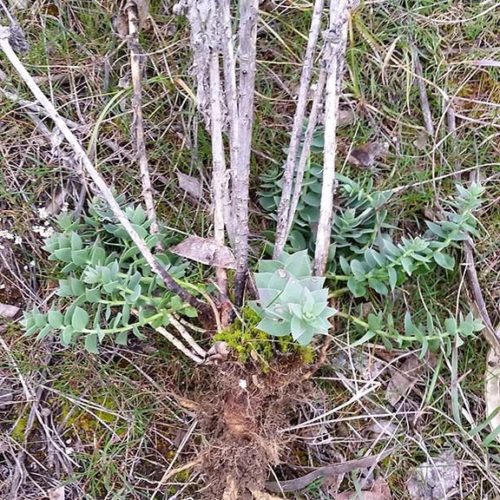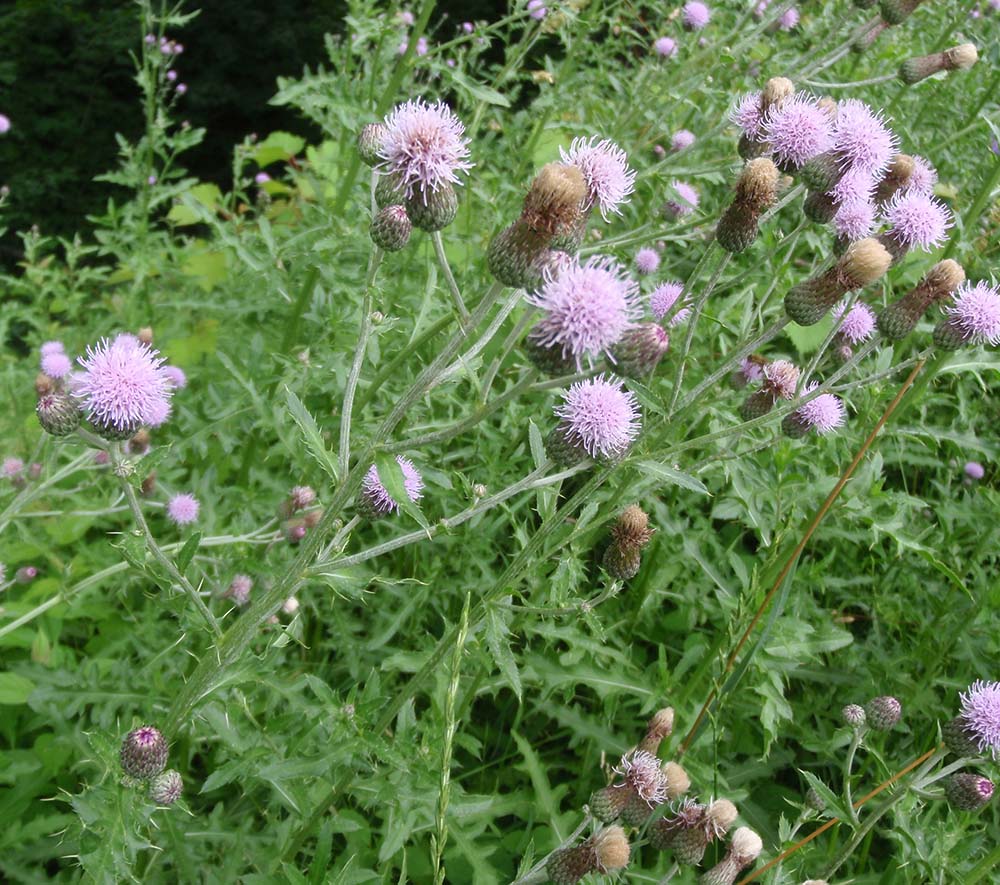Fall Weed Control
2021-09-13 13:38:47
There is still time in the fall to treat those pesky noxious weeds!

With all the things that we try to fit into our wonderful (but short!) western Montana summers, it sometimes feels like there is never enough time to treat those weeds that we keep meaning to get to. Before you know it, the spotted knapweed is flowering, and the days are too hot and too dry for effective weed control. But don’t give up on getting that chore checked off your list just yet! Fall can provide an excellent opportunity for effective weed control. Many of our noxious weeds, including leafy spurge, spotted knapweed, Dalmatian toadflax, Canada thistle and more experience re-growth in the fall, spending the warm sunny days photosynthesizing and storing energy in their roots to give them an extra advantage the following year. Many of our annual grasses like cheatgrass and ventenata also germinate in the fall. Here are some good rules to go by if you are considering taking advantage of the fall to treat your weeds.
1. Pay attention to the weather
The best window for treating weeds in the fall starts roughly two weeks after we start to get fall rains. Plants need this moisture in order to germinate or initiate regrowth. In most years, this occurs by mid-September, but can come early, late or not at all. Make sure your plants are actively growing before making your application. For spotted knapweed, simply follow this year’s seed stalks down to the base of the plant and check for green vegetation.
2. Pay attention to temperature
The optimal temperature for most herbicide applications is between 65 and 75 degrees Fahrenheit. That can be a pretty narrow window for fall days in Western Montana, so a general rule for fall herbicide applications is to make sure the temperature is at least 40 to 60 degrees. It may take the plants longer to die at that temperature, but your application will still be effective. It is also important to note that once we begin getting hard frosts (below 28 degrees for an extended period of time) herbicide applications can become less effective. Usually, you can plan on treating during September and October.
3. Pay attention to your product
It is important to note that there are some products that should be applied in the fall prior to our fall rains and the germination of your target weed, especially for annual grasses. Products with Indaziflam or Imazapic (Rejuvra and Plateau for example) should be applied prior to our fall rains and annual grass germination, while products like glyphosate would be applied after.
4. Call us if you have questions
If you are not sure if a fall application would be the most effective in your situation, just give us a call at 258.4217. We can answer your questions and even set up a site visit with you to go over your situation and determine the best management strategy for you and your property.
